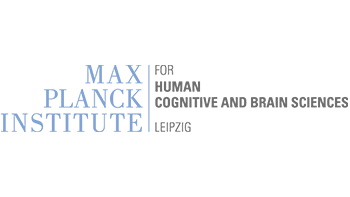Knorr S, Rauschenberger L, Muthuraman M, McFleder R, Ott T, Grundmann-Hauser K, Higuchi T, Volkmann J, Ip CW.
Neurobiol Dis. 2024 May: 194: 106462. doi: 10.1016/j.nbd.2024.106462. PMID: 38442845.
Abstract
DYT-TOR1A (DYT1) dystonia, characterized by reduced penetrance and suspected environmental triggers, is explored using a “second hit” DYT-TOR1A rat model. We aim to investigate the biological mechanisms driving the conversion into a dystonic phenotype, focusing on the striatum’s role in dystonia pathophysiology. Sciatic nerve crush injury was induced in ∆ETorA rats, lacking spontaneous motor abnormalities, and wild-type (wt) rats. Twelve weeks post-injury, unbiased RNA-sequencing was performed on the striatum to identify differentially expressed genes (DEGs) and pathways. Fenofibrate, a PPARα agonist, was introduced to assess its effects on gene expression. 18F-FDG autoradiography explored metabolic alterations in brain networks. Low transcriptomic variability existed between naïve wt and ∆ETorA rats (17 DEGs). Sciatic nerve injury significantly impacted ∆ETorA rats (1009 DEGs) compared to wt rats (216 DEGs). Pathway analyses revealed disruptions in energy metabolism, specifically in fatty acid β-oxidation and glucose metabolism. Fenofibrate induced gene expression changes in wt rats but failed in ∆ETorA rats. Fenofibrate increased dystonia-like movements in wt rats but reduced them in ∆ETorA rats. 18F-FDG autoradiography indicated modified glucose metabolism in motor and somatosensory cortices and striatum in both ∆ETorA and wt rats post-injury. Our findings highlight perturbed energy metabolism pathways in DYT-TOR1A dystonia, emphasizing compromised PPARα agonist efficacy in the striatum. Furthermore, we identify impaired glucose metabolism in the brain network, suggesting a potential shift in energy substrate utilization in dystonic DYT-TOR1A rats. These results contribute to understanding the pathophysiology and potential therapeutic targets for DYT-TOR1A dystonia.










